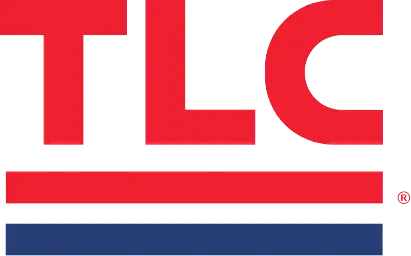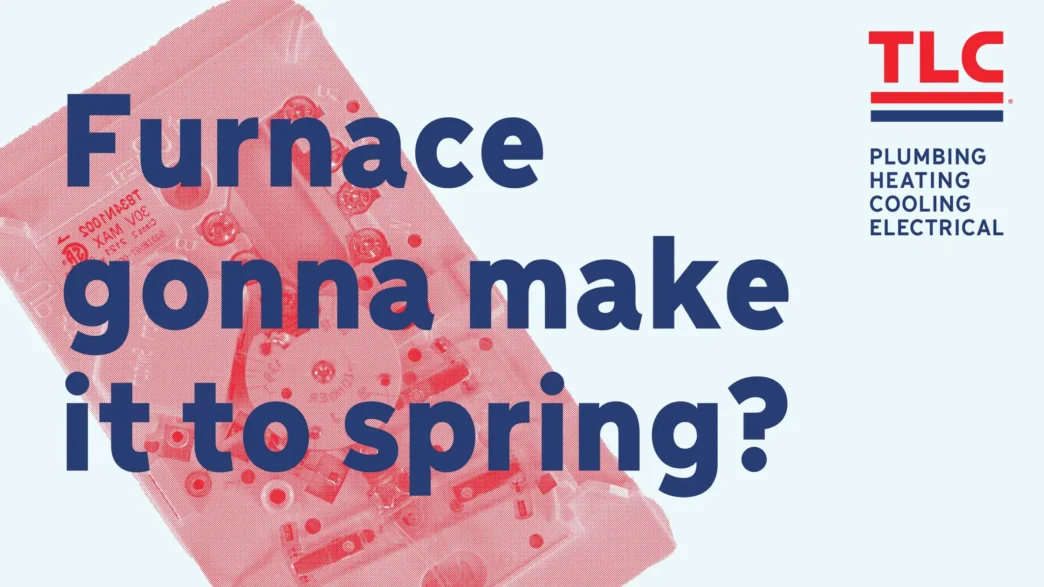
Cody Mansfield, Your HVAC Expert
Cody is a native New Mexican and has lived in Albuquerque his entire life. He says he’s ready for warmer weather because he loves spending his free time camping and driving side-by-sides. He and his wife have three dogs, two mutts and a miniature bull terrier that he calls his “flat-faced dog.” He’s been with TLC for more than 10 years and holds his Journeyman Plumbing and Gasfitters licenses and his EPA certification.
Cody’s Checklist to Keep Your Furnace Rolling Until Spring
Nobody wants to pay for furnace repairs right before spring hits. That’s why we asked Cody to give us a checklist of things to help your furnace make it to the end of the heating season.
Change the Furnace Filter
The first thing on Cody’s list is the furnace filter. A dirty filter seems like a small thing, but it can cause big problems! Your furnace needs to draw in air for it to work. A dirty air filter makes it hard for the furnace to “breathe” and circulate the air in your home. This makes the furnace work harder, which can drive up your energy bill or cause damage to the unit.
Cody suggests that you change your furnace filter every three months. If you started using your furnace in November, then it would be due for a change in January or February. Luckily, it’s easy to change your furnace filter without calling a professional.
Pro Tip: Most of the time, you can tell that you need to change your furnace filter just by looking at it. If it’s gray or off-white, it’s time. If it’s a clean white, then it’s probably fine. The one exception is if you use a humidifier in the house. A humidifier, even a small one, puts minerals into the air that can clog up the furnace filter. You won’t see them on the filter because they’re practically invisible. If you use a humidifier, make sure you change your filter every three months, whether it looks like it needs it or not.
Check Your Thermostat Batteries
Not all thermostats run on batteries, but many do. Cody suggests that you check the thermostat and change the batteries if needed. Most battery-run thermostats have a “low battery” light that will tell you if you need to replace them. Low batteries in the thermostat can cause your unit to have issues, so that’s something check on if you’re having a problem with your heater.
Test Your Carbon Monoxide and Smoke Detectors
The next thing on Cody’s list is to test your carbon monoxide and smoke detectors. During the heating season, there’s a higher risk of carbon monoxide poisoning or fire. To give yourself peace of mind about your family’s safety, make sure that your carbon monoxide and smoke detectors are working correctly.
It’s easy to test your detectors by pressing and holding the “Test” button. You should hear a piercing siren after a few seconds. If the siren isn’t loud or you can’t hear it at all, you need to replace the batteries. If it still doesn’t work after the batteries are replaced, you need to get a new detector.
Do you need a carbon monoxide detector? Learn more.
A Dirty Flame Sensor
If you’ve noticed that your furnace struggles in the morning, but seems to be okay partway through the day, you may have a flame sensor problem. Around this time of year, Cody gets a lot of calls about this issue. The problem is usually a dirty flame sensor, and it needs to be cleaned or replaced. This isn’t something you should try to fix yourself. Call an HVAC professional if you suspect this is the problem.
The bottom line is that with warmer weather just around the corner, nobody wants to repair their furnace! By taking care of these simple maintenance tasks, you can keep your furnace going strong for the rest of heating season. If you have any questions or suspect your furnace needs a little more attention, feel free to Ask a Pro or give us a call at 505-761-9644. You can also request service online.

